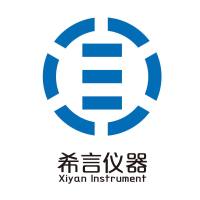From ES Cells to Mice: The Gene Trap Approach
互联网
823
The gene trap approach, represented in Fig. 1 , is based on the use of mouse embryonic stem (ES) cells and a class of vectors containing a splice-acceptor site upstream of the reporter and resistance genes, β-galactosidase (β-gal, lacZ ) and neomycin resistance ( neo ), respectively. Integration of these vectors into a genomic locus, controlled by a functional promoter, results in the generation of a fusion transcript between the endogenous gene and the lacZ gene. Fusion mRNAs transcribed from the promoter of the tagged locus mimic endogenous gene expression, which can be monitored by visualizing lacZ activity ( 1 , 2 ). The tagged genes can be identified by the use of anchored polymerase chain reaction (PCR) procedure ( 3 ), performed on RNA extracted from the selected ES cell clones. In addition, the gene trap vectors could also act as insertional mutagens.
Fig. 1. Strategy of the gene trap approach. The schematic represents the strategy used in our laboratory. The transgenic offspring at step 6 is derived by breeding the chimaeric with an inbred strain C57bl/6 or an outbred strain (NMRI). The progeny will be tested for germ line transmission. Hybrid crosses between F1 littermates will give rise to the homozygous specimen.







